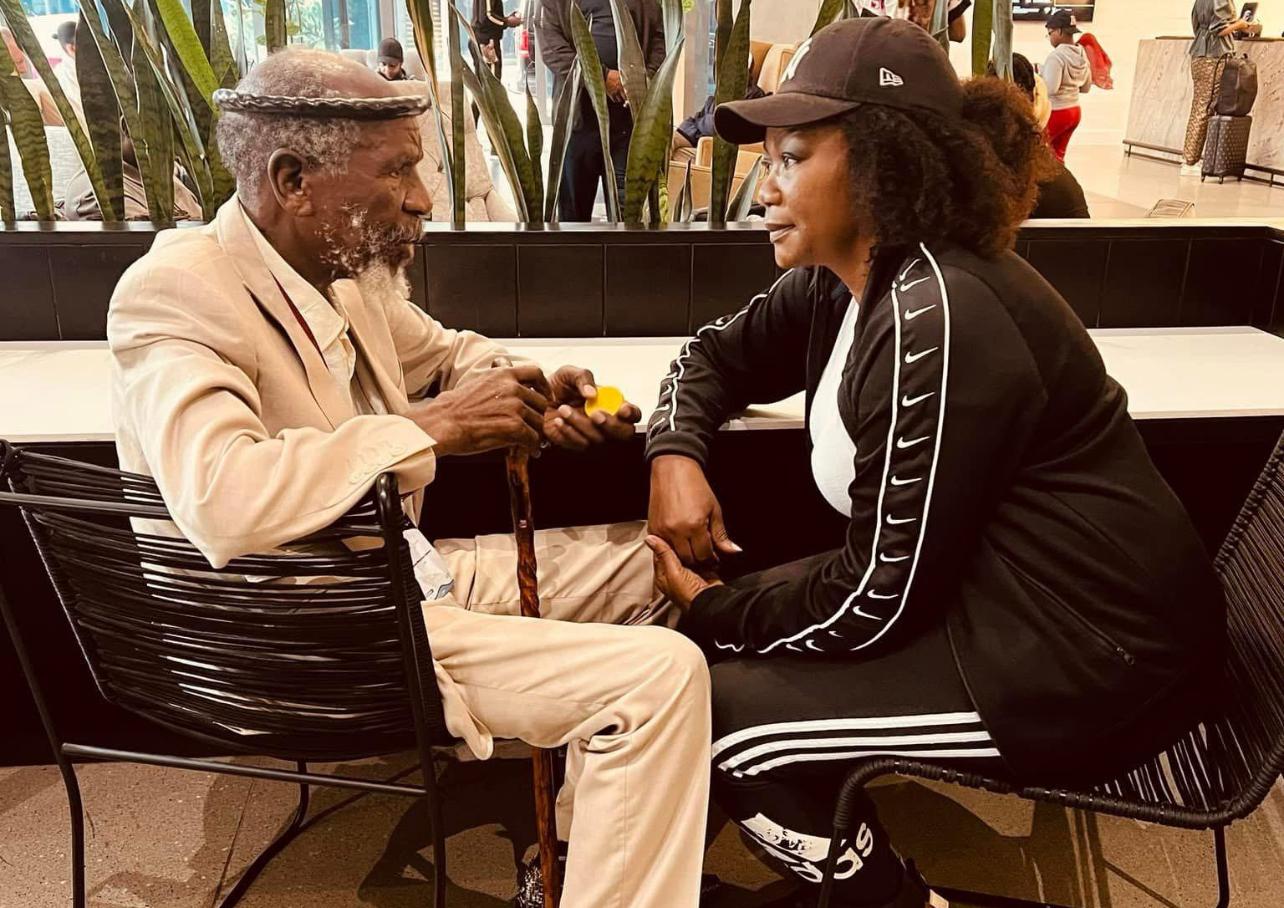Ramses II, also known as Ramses the Great, is one of the most famous and powerful pharaohs of Kemet. He reigned during the 19th Dynasty, from 1279 to 1213 BC, approximately 66 years, making it one of the longest reigns in Kemet history.
Ascension to the Throne:
Ramses II was born around 1303 BC. He was the son of Seti I and Queen Tuya. From a young age, he was prepared for kingship and accompanied his father on military campaigns. Upon the death of Seti I, Ramses II ascended to the throne.
Military Achievements:
Ramses II is particularly known for his military exploits. One of the most famous battles of his reign is the Battle of Kadesh against the Hittites around 1274 BC. Although the battle ended without a clear victor, Ramses II presented it as a great victory in his official accounts. Subsequently, he concluded a peace treaty with the Hittites, considered one of the first peace treaties in history.
Construction Projects:
Ramses II is also famous for his ambitious construction projects. He erected numerous temples and monuments throughout Kemet, including the famous temple of Abu Simbel, where two temples were carved into the rock to commemorate his victory at Kadesh and honor Kemet gods. He also expanded the temple of Karnak and built the Ramesseum, his mortuary temple.
Personal Life:
Ramses II had many wives and concubines, among whom Nefertari, his great royal wife, is the most famous. He had over a hundred children, demonstrating his effort to ensure a large lineage.
Death and Legacy:
Ramses II died in 1213 BC at the age of 90 or 91. His long reign and accomplishments left a lasting mark on Kemet. He was buried in the Valley of the Kings, but his mummy was moved several times to protect it from looting. Today, it rests in the Egyptian Museum in Cairo.
His reign is often considered the pinnacle of the power and splendor of Kemet, and his name has become synonymous with greatness and prosperity.







